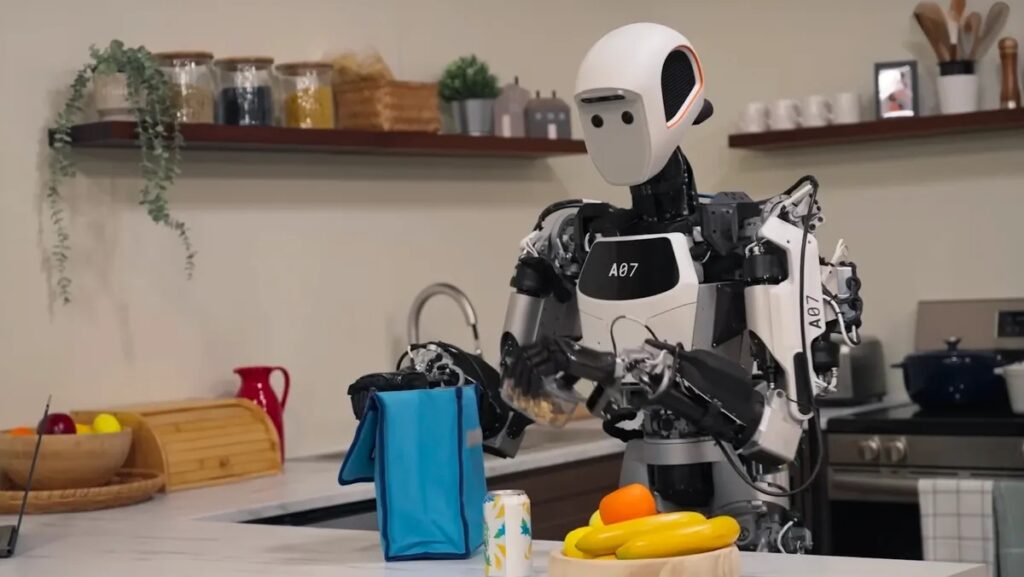Exploring the Future: Google’s Gemini Robotics and the ALOHA Robot
Ever wonder how far robotics has come and where it’s headed next? Google is making waves with its latest endeavor in robotics, presenting the new family of Gemini Robotics models. Joel Meares recently shed light on this groundbreaking project over on the Google blog, and it certainly piqued our interest!
What Makes Gemini Robotics Stand Out?
The star of this show is the bi-arm ALOHA robot, which is powered by the innovative Gemini 2.0 software. Unlike traditional robots stuck on pre-set tasks, ALOHA is designed to adapt and respond dynamically to its surroundings. This flexibility allows the robot to take general instructions and execute them with impressive interaction and dexterity.
Imagine a robot that can understand your voice commands, sense obstacles in real-time, and adjust its actions accordingly—pretty cool, right? The goal behind Gemini Robotics is to create machines that are not just efficient but also user-friendly and versatile, much like the large language models (LLMs) that have become so popular recently.
The Big Questions
At Hackaday, we’re buzzing with curiosity! Here are two burning questions we can’t shake off:
-
Are there tasks that robots will never master? Even with advancements, there might be some human traits—like empathy or creativity—that are tough for robots to replicate.
- How genuine are the showcased capabilities in that slick promotional video? It’s easy to highlight successes, but what about the challenges behind the scenes?
We’d love to hear your thoughts in the comments!
A Vision for the Future
While the technical aspects of the Gemini models are impressive, the real-life implications are even more fascinating. Picture a busy restaurant where ALOHA can assist waitstaff by serving meals, clearing tables, or even helping with food prep—allowing human employees to focus on customer experience.
In our tech-driven world, the introduction of robots like ALOHA could redefine various industries, from healthcare to hospitality. The blend of artificial intelligence and robotics could lead to higher efficiency and a better quality of life.
The Road Ahead
As we look to the future, it’s essential to consider both the potential and the pitfalls of robotics. How do you envision robots fitting into our everyday lives? Will they take over mundane tasks, or will they introduce new challenges we haven’t yet foreseen?
With such advancements underway, the AI Buzz Hub team is excited to see where these breakthroughs take us. Want to stay in the loop on all things AI? Subscribe to our newsletter or share this article with your fellow enthusiasts.




